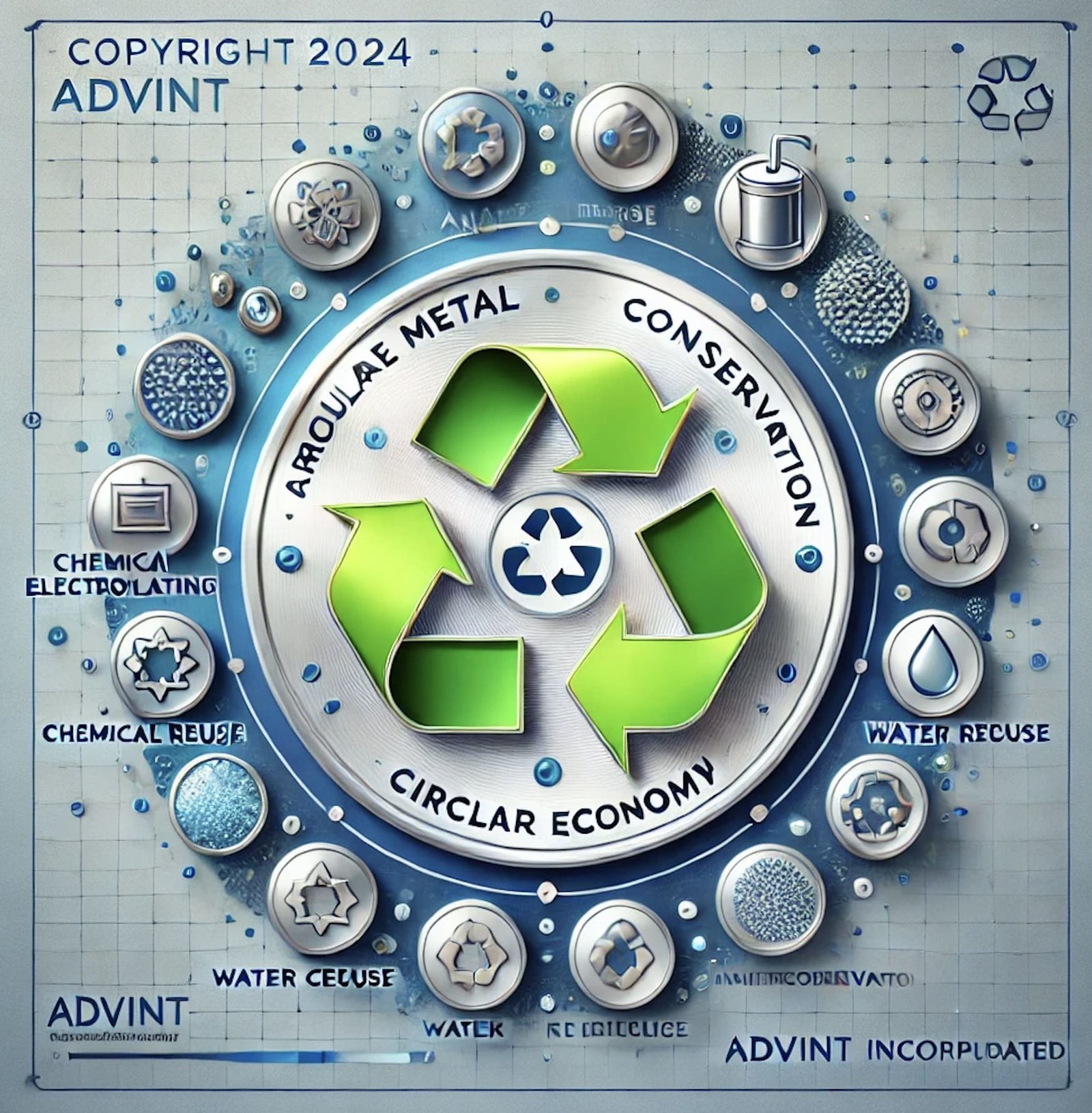The Ultimate Guide to Pulse Anodizing: Efficiency & Sustainability
Are you seeking innovative solutions to enhance your anodizing process while reducing energy consumption? Look no further than pulse anodizing – a cutting-edge technique that promises to transform your operations.
In this comprehensive guide, we’ll delve into the intricacies of pulse anodizing, exploring its techniques, benefits, and practical implementation strategies.
Advint’s Supply Chain Power Supply: Unlocking Precision and Flexibility
At the heart of pulse anodizing lies Advint’s Supply Chain Power Supply, a state-of-the-art system designed to deliver unparalleled control and versatility.
This advanced power supply boasts an array of impressive features:
Programmable Control Interface: Offering precision and flexibility, this interface allows you to fine-tune your anodizing process with ease.
Regulation Modes: Encompassing constant current, constant voltage, and cross-over modes, ensuring optimal performance across various applications.
Low Frequency Pulse (LFP) Output: Generating DC to 200 Hz pulses with a minimum pulse width of 4 ms ON and 1 ms OFF, enabling precise control over the anodizing process.
Connectivity: Equipped with an RS485 serial port and USB port, facilitating seamless host control and integration.
Forced Air Cooling System: Ensuring optimal performance through efficient cooling mechanisms.
With performance specifications that include line and load regulation within +/- 1% of the setting or 0.1% of the maximum rating, digital meter accuracy of +/- 1% plus the least significant digit (L.S.D.), temperature stability of 0.2% after a 15-minute warm-up, and ripple less than 1% RMS of the maximum output voltage, Advint’s Supply Chain Power Supply delivers uncompromising quality and reliability.
Pulse Anodizing in Existing Anodizing Lines: Maximizing Efficiency
Implementing pulse anodizing in your existing anodizing lines can yield significant energy savings and process improvements.
Here are some key considerations:
Energy Efficiency: Pulse anodizing has the potential to reduce energy consumption by at least 30%, contributing to cost savings and environmental sustainability.
Baseline Analysis: Establish a comprehensive understanding of your current energy consumption and process parameters to identify areas for optimization.
System Upgrades: Upgrade cooling systems and busbars to accommodate higher current densities, ensuring seamless integration of pulse anodizing technology.
Energy Calculations: Conduct thorough energy calculations, comparing conventional and pulse anodizing processes, to quantify potential savings and justify the investment.
Mastering Pulse Anodizing Parameters
To harness the full potential of pulse anodizing, it’s crucial to understand and optimize the key parameters:
Higher Current Density: By leveraging higher current densities, pulse anodizing reduces overall process time, enhancing efficiency and productivity.
Flexible Conditions: Pulse anodizing allows you to alternate between two direct current values, enabling precise control over the anodizing process.
Example Parameters: Typical parameters include high and low voltage levels, as well as their respective current densities, tailored to your specific requirements.
First Experiments: Paving the Way for Success
As with any new technology, pulse anodizing requires careful experimentation and optimization. Initial trials conducted with pulsating current, and voltage have revealed challenges, such as addressing burning issues during current-controlled experiments. By overcoming these hurdles through meticulous testing and adjustment, manufacturers can unlock the full potential of pulse anodizing.
Theoretical Introduction to Pulse Anodizing: Unraveling the Science
To truly appreciate the power of pulse anodizing, it’s essential to understand the underlying theoretical principles:
Alternating Voltage/Current: By alternating between high and low voltage or current levels, pulse anodizing optimizes the anodizing process, enhancing efficiency and quality.
Barrier Layer Formation: The barrier layer formation adjusts dynamically to the applied voltages, impacting the oxide layer formation and overall anodizing process.
Recovery Period: During the low voltage or current phase, a recovery period allows for chemical dissolution, reducing the barrier layer thickness and enabling higher current densities.
Influencing Factors: Factors such as alloy composition, electrolyte concentration, and temperature play crucial roles in determining the effectiveness of pulse anodizing.

Process Advantages: Efficiency, Customization, and Sustainability
Pulse anodizing offers a multitude of advantages that set it apart from conventional anodizing methods:
Efficiency: By leveraging higher current densities and optimized processes, pulse anodizing delivers superior efficiency, reducing processing time and increasing productivity.
Customization: With the ability to customize pulse patterns, manufacturers can tailor the anodizing process to meet the specific requirements of different alloys, ensuring consistent and high-quality results.
Sustainability: By significantly reducing energy consumption, pulse anodizing contributes to environmental sustainability, aligning with modern manufacturing practices and corporate social responsibility initiatives.
Embrace the Future of Anodizing with Pulse Anodizing
Pulse anodizing stands as a game-changer in the world of anodizing, offering unparalleled efficiency, flexibility, and sustainability.
By understanding and implementing the techniques outlined in this guide, manufacturers can achieve superior results, reduce energy consumption, and stay ahead of the curve in an increasingly competitive and environmentally conscious market.
Transform your anodizing process today with pulse anodizing – where innovation meets efficiency, and sustainability becomes a driving force for success.
For more detailed insights, technical specifications, and personalized solutions, consult with Advint’s knowledgeable representatives and unlock the full potential of state-of-the-art anodizing technology.
Learn More
Copper Electrowinning: Advanced Rectifier Systems and Power Supplies

Posted By:Venkat Raja
Jun 18, 2024
Tags:





